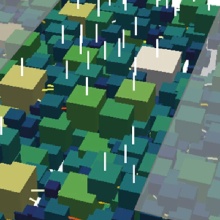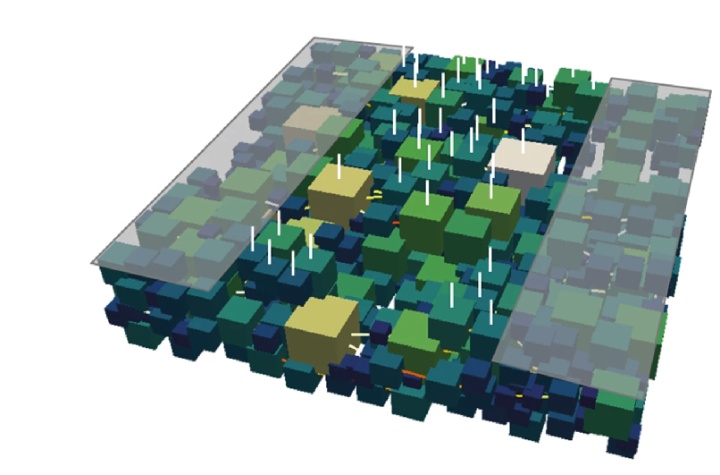New SFB 1313 publication, published in Transport in Porous Media. The work has been developed within the associated SFB 1313 research project A-X4 and the research project A05.
Authors
- Cynthia Michalkowski (Robert Bosch GmbH, former SFB 1313 researcher, associated research project A-X4)
- Maziar Veyskarami (University of Stuttgart)
- Carina Bringedal (University of Stuttgart, SFB 1313 research project A05)
- Rainer Helmig (University of Stuttgart, SFB 1313 research projects A02, C02, and associated research project A-X4)
- Veronika Schleper (Robert Bosch GmbH)
Abstract
For improved operating conditions of a polymer electrolyte membrane (PEM) fuel cell, a sophisticated water management is crucial. Therefore, it is necessary to understand the transport mechanisms of water throughout the cell constituents especially on the cathode side, where the excess water has to be removed. Pore-scale modeling of diffusion layers and gas distributor has been established as a favorable technique to investigate the ongoing processes. Investigating the interface between the cathode layers, a particular challenge is the combination and interaction of the multi-phase flow in the porous material of the gas diffusion layer (GDL) with the free flow in the gas distributor channels. The formation, growth and detachment of water droplets on the hydrophobic, porous surface of the GDL have a major influence on the mass, momentum and energy exchange between the layers. A dynamic pore-network model is used to describe the flow through the porous GDL on the pore-scale. To capture the droplet occurrence and its influence on the flow, this dynamic two-phase pore-network model is extended to capture droplet formation and growth at the surface of the GDL as well as droplet detachment due to the gas flow in the gas distributor channels. In this article, the developed model is applied to single- and multi-tube systems to investigate the general drop behavior. These rather simple test-cases are compared to experimental and numerical data available in the literature. Finally, the model is applied to a GDL unit cell to analyze the interaction between two-phase flow through the GDL and drop formation at the interface between GDL and gas distributor channel.

Cynthia Michalkowski
M. Sc.Doctoral Researcher, Associated Research Project AX4

Carina Bringedal
Ass. Prof. Dr.Associated Researcher, Research Project A05
[Photo: Max Kovalenko]

Rainer Helmig
Prof. Dr.-Ing. Dr.-Ing. h.c.Principal Investigator, Former Spokesperson, Research Projects A02 and C02, Central Project Z



